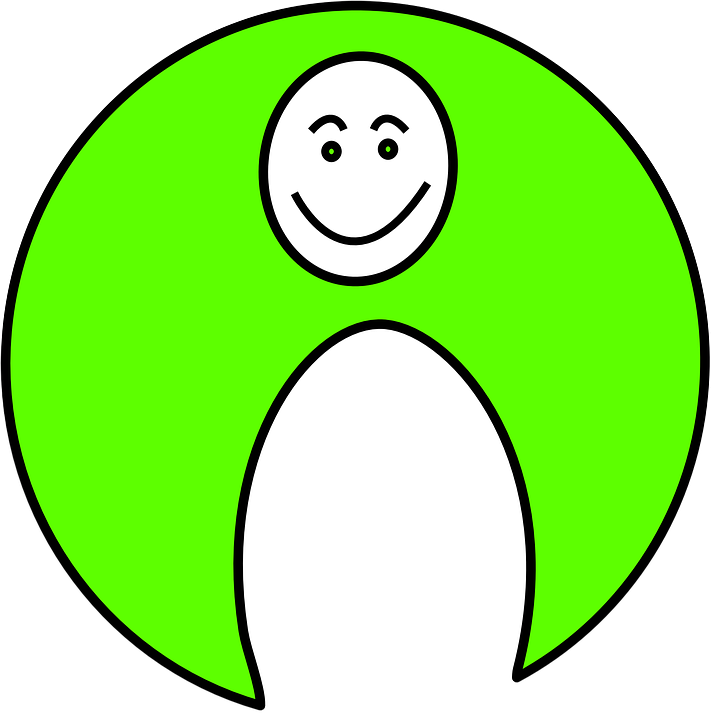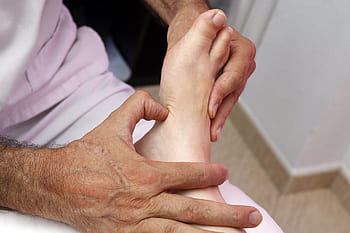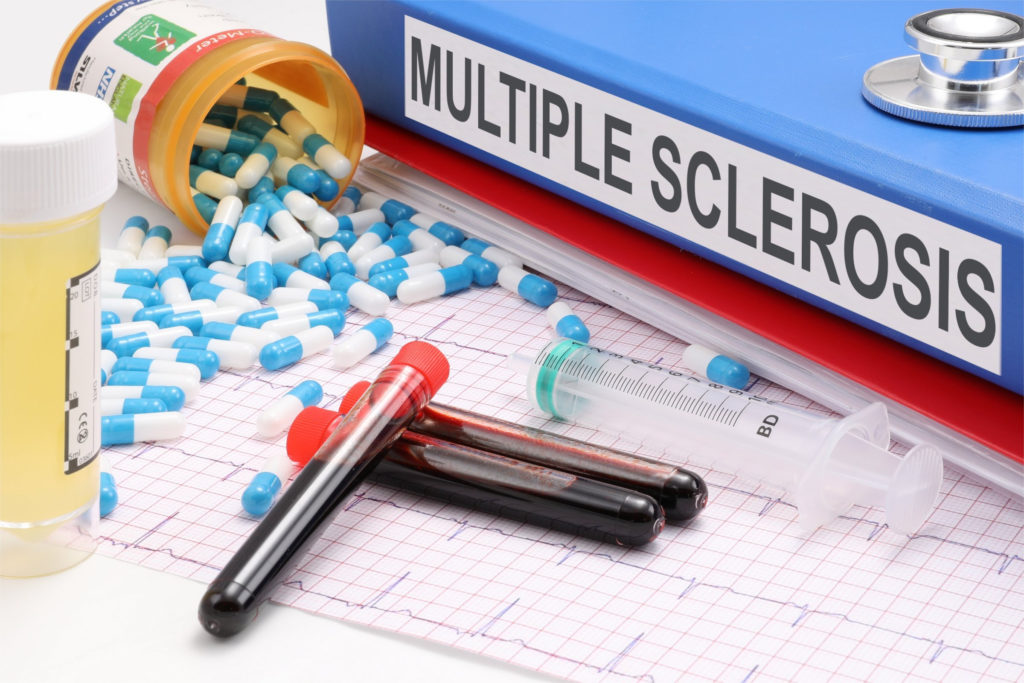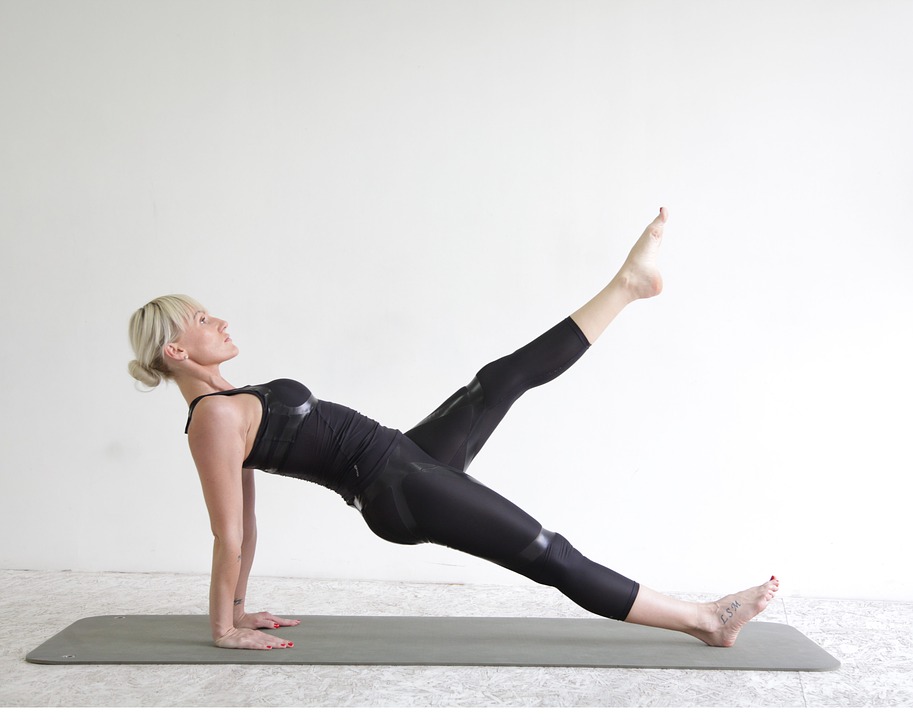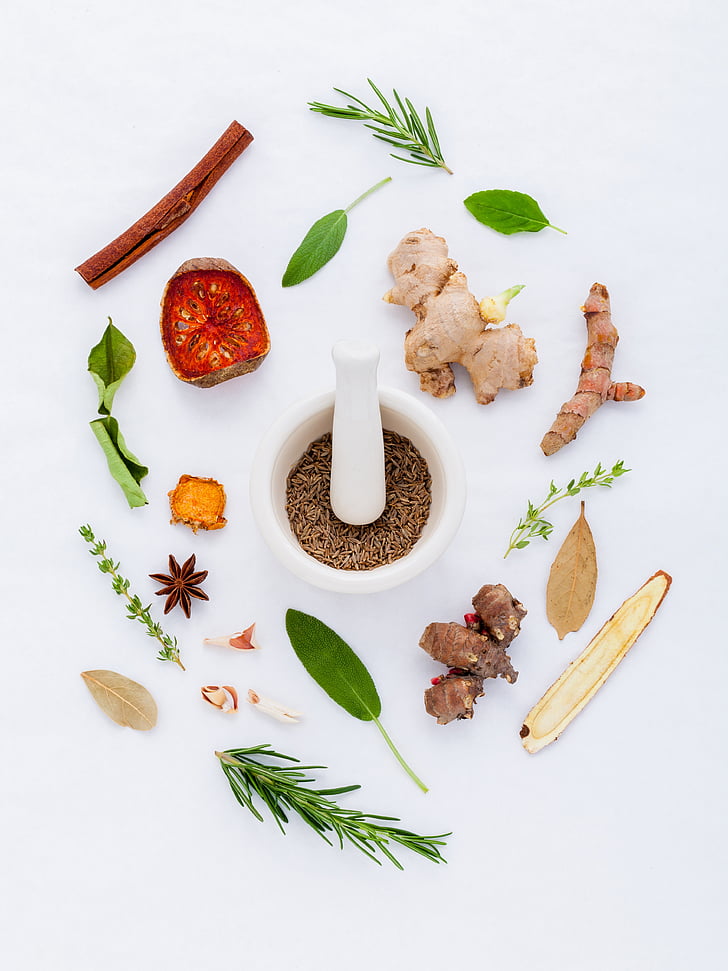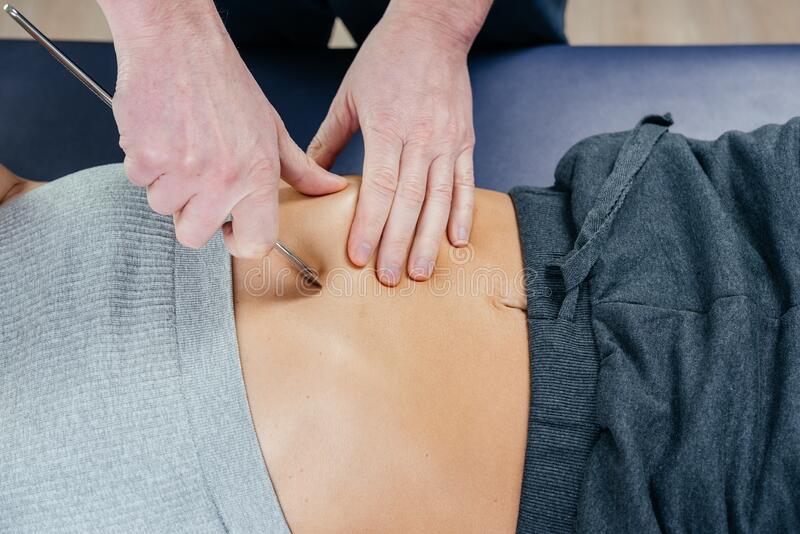Introduction:
Finding natural mood boosters to manage stress and anxiety is an answer to reclaiming our health and wellbeing. In the quest for a better way to manage mental and physical wholeness, there’s a trend toward embracing natural means to happiness.
Some natural mood boosters:
1. Ashwaganda Root
Ashwaganda, also known as Indian Winter Cherry, is an evergreen shrub that grows in Africa and Asia. As a medicinal herb, it’s classified as an adaptogen. Adaptogens may help the body to manage stress by lowering cortisol levels. As stress leaves, a person’s mood improves! Ashwanganda root is also said to boost the functioning of the brain, lower blood sugar and ease the symptoms of depression and anxiety.
2. Kratom Capsules
The mood-boosting effects of kratom capsules are said to come from the active component Indole alkaloids. They bind with serotonin and dopamine receptors allowing the body’s natural mood elevators to fulfill their function. Those who’ve tried kratom capsules have reported them to be highly euphoric and mind-relaxing, without any dizziness.
3. Essential Oils
Breathing in essential oils has a mood-boosting effect as the scent molecules have an effect on the limbic system of the brain. Emotions, behavior, and memory are governed by that part of the brain. Essential oils can be applied to the skin or used in a diffuser. Book yourself in for a divine aromatherapy massage and get the boost from both the oils and the massage. Bliss! The best mood-elevating essential oils to try are roman chamomile, clary sage, ylang ylang, and citrus oil.
4. Lavender Oil
While lavender is also an essential oil, it gets special mention as its mood-lifting properties are exceptional without side effects. Not only does it seem to reduce anxiety and depression, but can also improve sleep. Lack of sleep leaves most of us grumpy, while a good night’s sleep is like hitting a giant reset button. Try a few drops on your pillow, or place a diffuser next to your bed at night.
5. Exercise and Yoga
Exercise is a major mood booster due to the release of endorphins through movement of the body. Endorphins are known as the body’s ‘happy hormones’. They counteract feelings of stress and release a feeling of well-being. Exercise also boosts blood circulation which increases the oxygen levels to the cells and creates a healthy glow. Yoga adds the added dimension of mindfulness and deep breathing that works on calming and centering the mind.
Conclusion:
Finding natural mood boosters that work for you can improve the quality of your life. Sometimes a simple change is all one needs to make your mind and body feel good.
